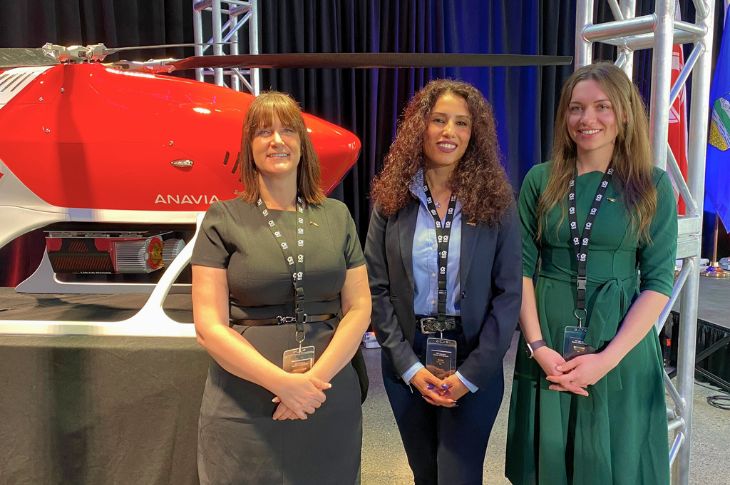Three SAIT graduates are flying high as they’ve recently been recognized as the first female flight instructors for heavy-lift, long-range drones in Canada.
Stephanie Lapointe (BGIS ’17), Sara Ashoori (BGIS ’20), and Bryanna Paquette (Pro Remotely Piloted AC System ’21) are driving innovation in the field of remote aviation through research and development of long-range drones. They’re also uncovering the impact drones can have on isolated communities and heavily populated urban centres.
Let’s explore each woman’s unique journey to the skies.
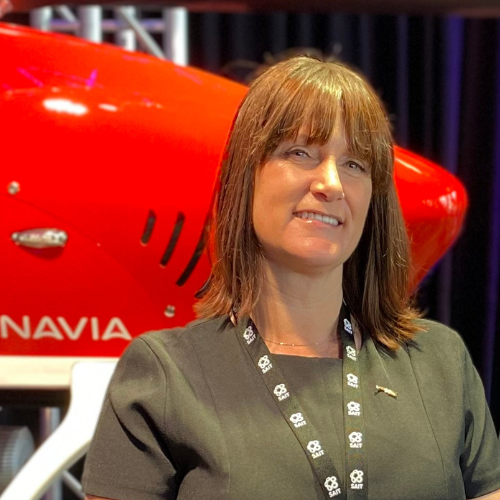
Stephanie Lapointe
Bachelor of Applied Technology Geographic Information Systems '17
Stephanie Lapointe describes geography as her first love. Despite a successful career in finance, she found herself eager to upgrade her skills in the Bachelor of Applied Technology Geographic Information Systems program at SAIT.
The program’s final project used drones for search and rescue, which Lapointe says piqued her interest. From there, she was invited to do her practicum with Centre for Innovation and Research in Unmanned Systems (CIRUS), where her career blossomed and she dove into varied projects in diverse industries.
“A recent project I spearheaded was with one of our partners in oil sands mining,” Lapointe says. “They wanted to be able to detect wildlife to move habitats as needed. The project used a lot of the same drone technology as search and rescue, mainly thermal imaging.”
Lapointe has also used drones to search for fugitive methane emissions at oil and gas sites, and assisted Alberta Health Services and a branch of the School of Medicine at University of Calgary to transport medical devices. During the pandemic, the organizations transported personal protective equipment and test kits to remote First Nations communities.
As larger drones are integrated into airspace and regulations and restrictions change, Lapointe continues to advance her skills. Along with Ashoori and Paquette, she spent the winter in Switzerland training, then preparing a new program for SAIT students — earlier this year, SAIT announced the launch of Canada’s first remotely-piloted aviation training centre.
But the discoveries are far from over. All three women are receiving additional instruction in Greece this summer.
“We’re quite cutting edge — some would say the bleeding edge,” Lapointe laughs. “We have great opportunities to learn and try new machines and sensors.”

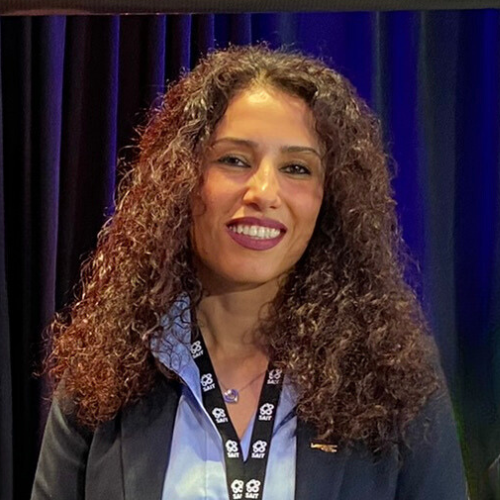 Sara Ashoori
Sara Ashoori
Bachelor of Applied Technology Geographic Information Systems '20
Sara Ashoori was first introduced to drones and remotely-piloted vehicles during her Geographic Information Systems practicum at SAIT in 2018 to 2019. While working at CIRUS, she was handed the controls to a small drone.
“It was interesting, exciting, and scary for me because I hadn’t experienced it before — and the controls were so difficult for me,” Ashoori chuckles. “But it was fun!”
These days, Ashoori works on drone projects spanning across industries like geology and agriculture, using drones and state of the art technology to solve complex problems. She’s currently working with a client using Ground Penetrating Radar sensors to map and detect core layers for a coal mine.
“This technology enables us to create highly accurate and detailed maps of the subsurface, which can be used for mining exploration and detections,” Ashoori explains.
She’s also exploring the pairing of drones with artificial intelligence (AI) and sensors to detect landmines, which pose a danger to communities. The technology allows operators to survey large areas quickly and safely.
Ashoori says the technology is limitless, and she has her sights set on making the industry accessible for other women.
“My next step is to work closely with SAIT to form a centre for women in technology that offers mentorship and guidance,” Ashoori says. “One of the barriers we face as women is a lack of mentorship in the industry — I hope to offer that to female students to help them discover their talents and provide them with the visionary skills to become leaders for the future.”
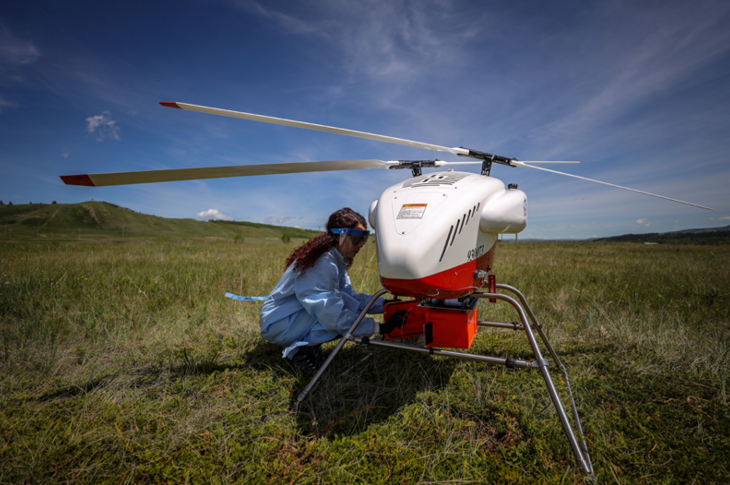
Photo by Leah Hennel, AHS.
Sara Ashoori loading PPE and COVID-19 test kits into SAIT's unmanned SwissDrone SDO 50 V2 helicopter.
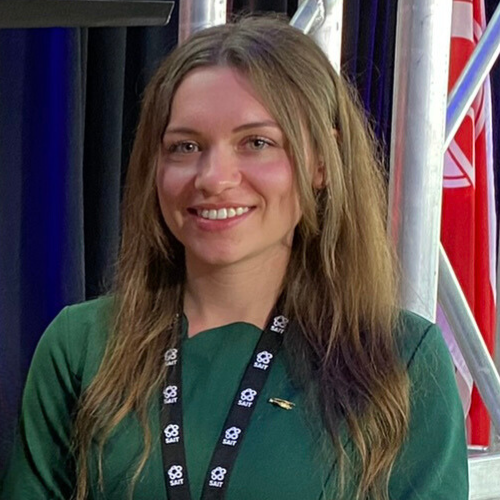 Bryanna Paquette
Bryanna Paquette
Professional Remotely Piloted AC System ’21
Bryanna Paquette first explored flying drones for stress relief while she was in university. Immediately hooked, she taught herself more, and even self-taught her way into attaining the Transport Canada Remotely-Piloted Aircraft Systems (RPAS) License in June 2019 when it first became mandated. This launched her career as a freelance aerial photographer and videographer using a drone.
“Even though I already had my full RPAS License and experience on the commercial side, I wanted to learn more within a team environment, and surround myself with other people who are passionate in this field,” Paquette says of enrolling in SAIT’s first Pro Remotely Piloted AC System program, where she was the only female student. Since graduating, Paquette has assisted in multiple projects, including remotely piloting mapping missions. She’s captured multispectral data to better understand plant health, and used drones to support wildfire containment alongside traditional aviation and other methods of controlling fires.
As drone technology advances, Paquette is most interested in how the equipment can be paired with established aviation practices.
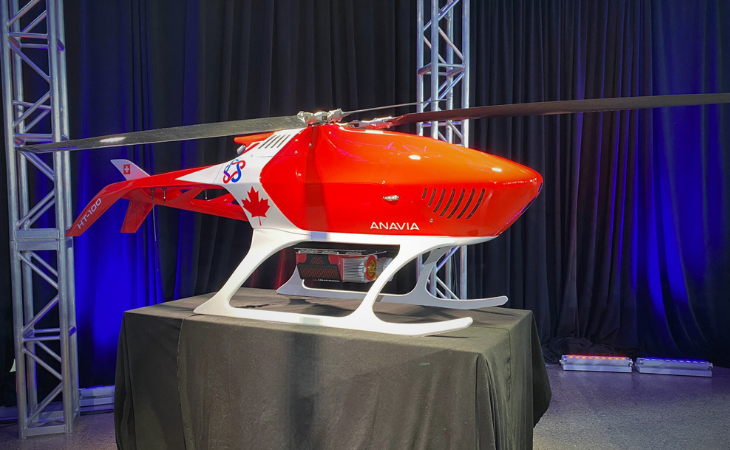
“I like to think of drones as being able to complement and excel the work that is already being done with traditional aircraft,” Paquette says. “Drones can help in a more innovative fashion, like working toward being more environmentally friendly, safer for the crew involved and being a more cost-effective solution. Ultimately, drones can be developed in a way where traditional and remotely-piloted aircraft can work in unity.”
Labs that manufacture drones are able to share their knowledge and experience, not just locally, but internationally as technological breakthroughs progress. Worldwide connections can help further innovation, including the flight times and lift capacities of heavy-lifting long range drones.
“This is why it’s so important to have a training centre like the expansion within SAIT’s Applied Research and Innovation Services (ARIS),” Paquette says. “These aren’t just regular consumer drones that are ‘plug and play.’ An operator of these machines needs real aviation experience and quality training.”
Paquette looks forward to providing mentorship as an instructor at SAIT, noting the important role Ashoori and Lapointe have played in guiding her budding career.
“It is such an honour and a huge opportunity to be in this unique position where we can inspire, encourage, and mentor anyone interested in the field of aviation,” she says.

Oki, Âba wathtech, Danit'ada, Tawnshi, Hello.
SAIT is located on the traditional territories of the Niitsitapi (Blackfoot) and the people of Treaty 7 which includes the Siksika, the Piikani, the Kainai, the Tsuut’ina and the Îyârhe Nakoda of Bearspaw, Chiniki and Goodstoney.
We are situated in an area the Blackfoot tribes traditionally called Moh’kinsstis, where the Bow River meets the Elbow River. We now call it the city of Calgary, which is also home to the Métis Nation of Alberta.
